In 1984, amidst a sea of static seating, the HÅG Capisco burst onto the scene, challenging norms on what a chair should look like, and heralding a new era in ergonomic design. Crafted by the visionary Industrial Designer, Peter Opsvik, this chair wasn't just a seat; it was a philosophy in motion.
Opsvik's belief was simple yet profound: "If we are allowed to move, we move." Inspired by the dynamic posture of horse riders, the Capisco's radical aesthetics were born. Its sculptural saddle-shaped seat and curvaceous backrest weren't just eye-catching; they were invitations to movement, embodying Opsvik's mantra, "The best posture is always the next one."
Initially met with skepticism, the Capisco steadily gained acclaim, earning accolades like the Award for Design Excellence from the Norwegian Design Council. Yet, its impact extends beyond awards and recognition.
For Opsvik, the Capisco symbolises a larger mission: to liberate the human body through design. This ethos echoes in every HÅG chair, where movement isn't just encouraged; it's celebrated.
Below - Designer Peter Opsvik explains the design philosophy of the HÅG Capisco
Now, as the Capisco turns 40, its relevance only grows. In an age where sedentary lifestyles loom large, its dynamic design resonates more than ever. Coupled with the surge in height-adjustable desks and sit-stand trends, the Capisco remains a beacon of innovation.
In the Instagram age, where uniqueness is prized and attention spans are short, the Capisco's eye-catching appearance makes it stand out amidst a sea of sameness. Its innovative design doesn't just fit into trends; it sets them.
Its futuristic aesthetic has transcended time, making appearances in countless TV shows set in the future, such as Star Trek and The Expanse, as well as Hugo Boss's Futuristic Milan Fashion Show Techtopia, where its sleek lines and avant-garde design evoke a sense of progress and innovation.

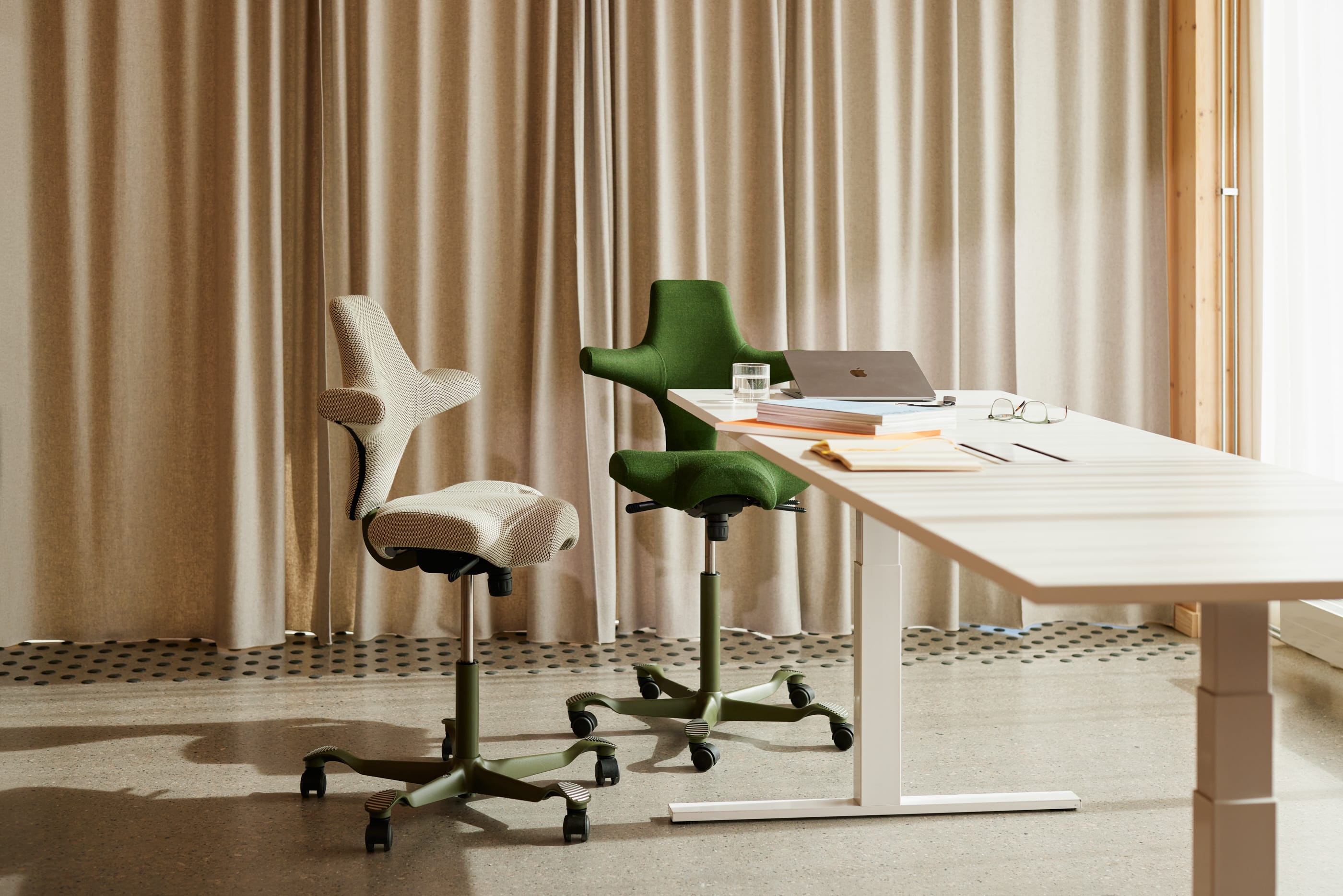
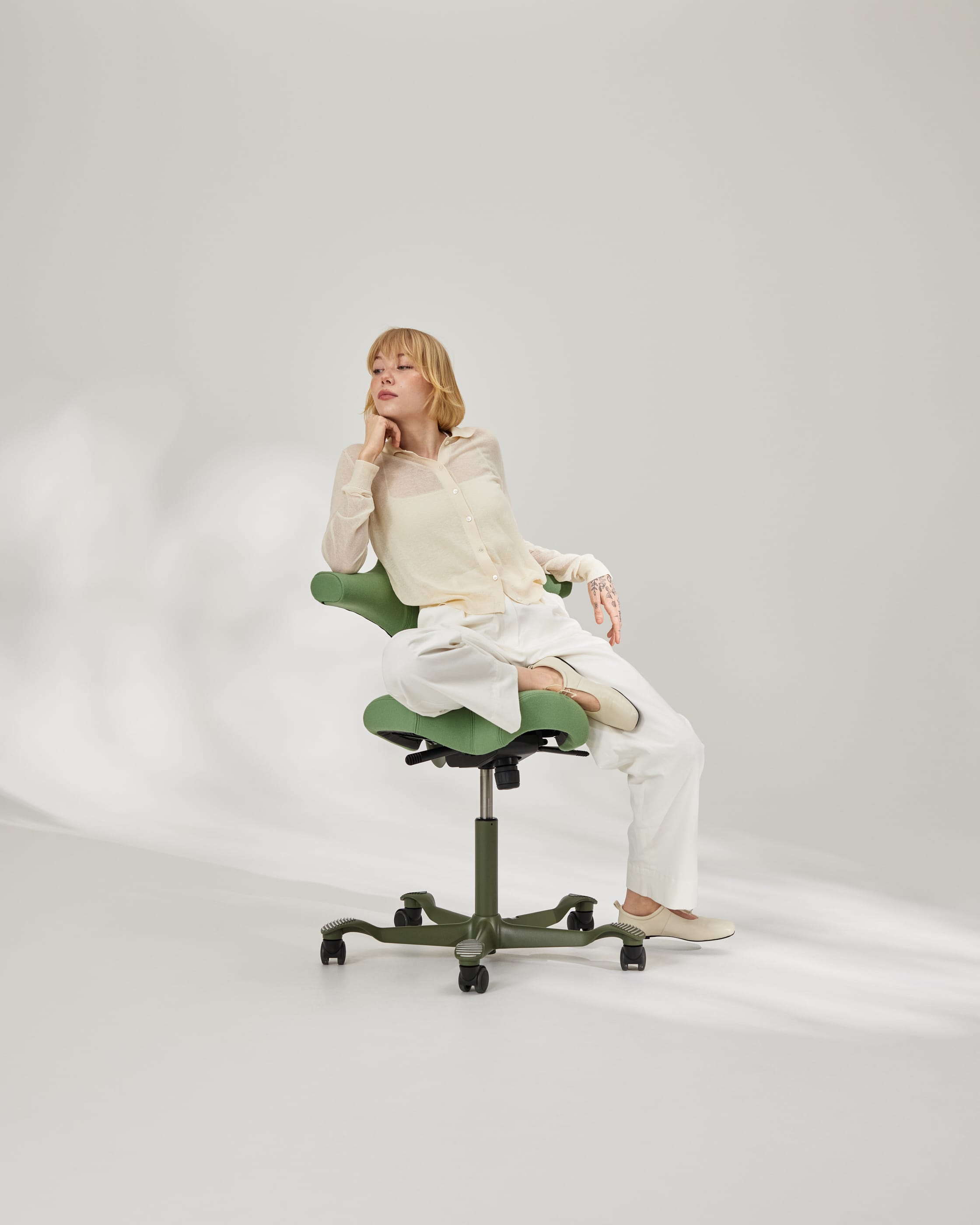
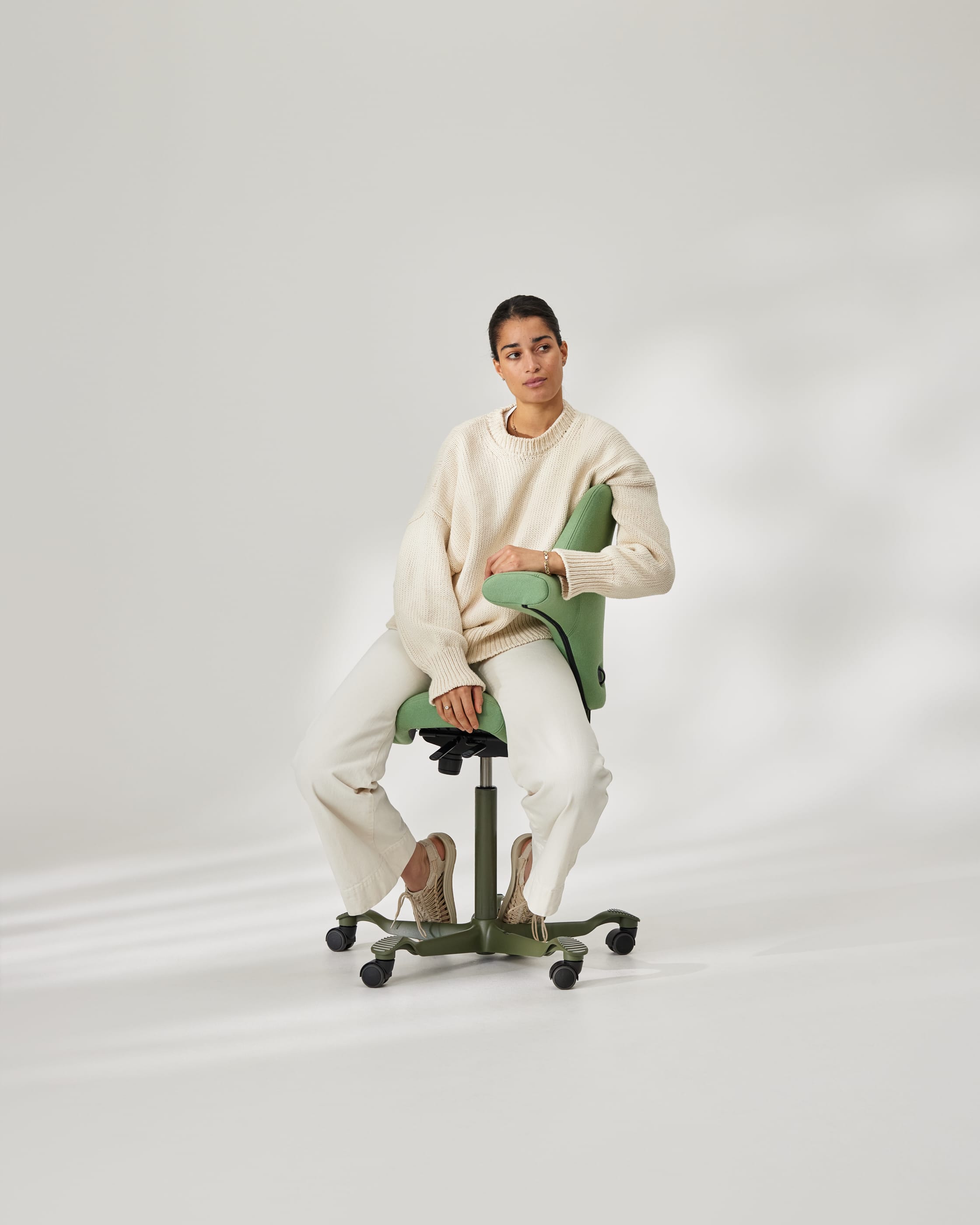
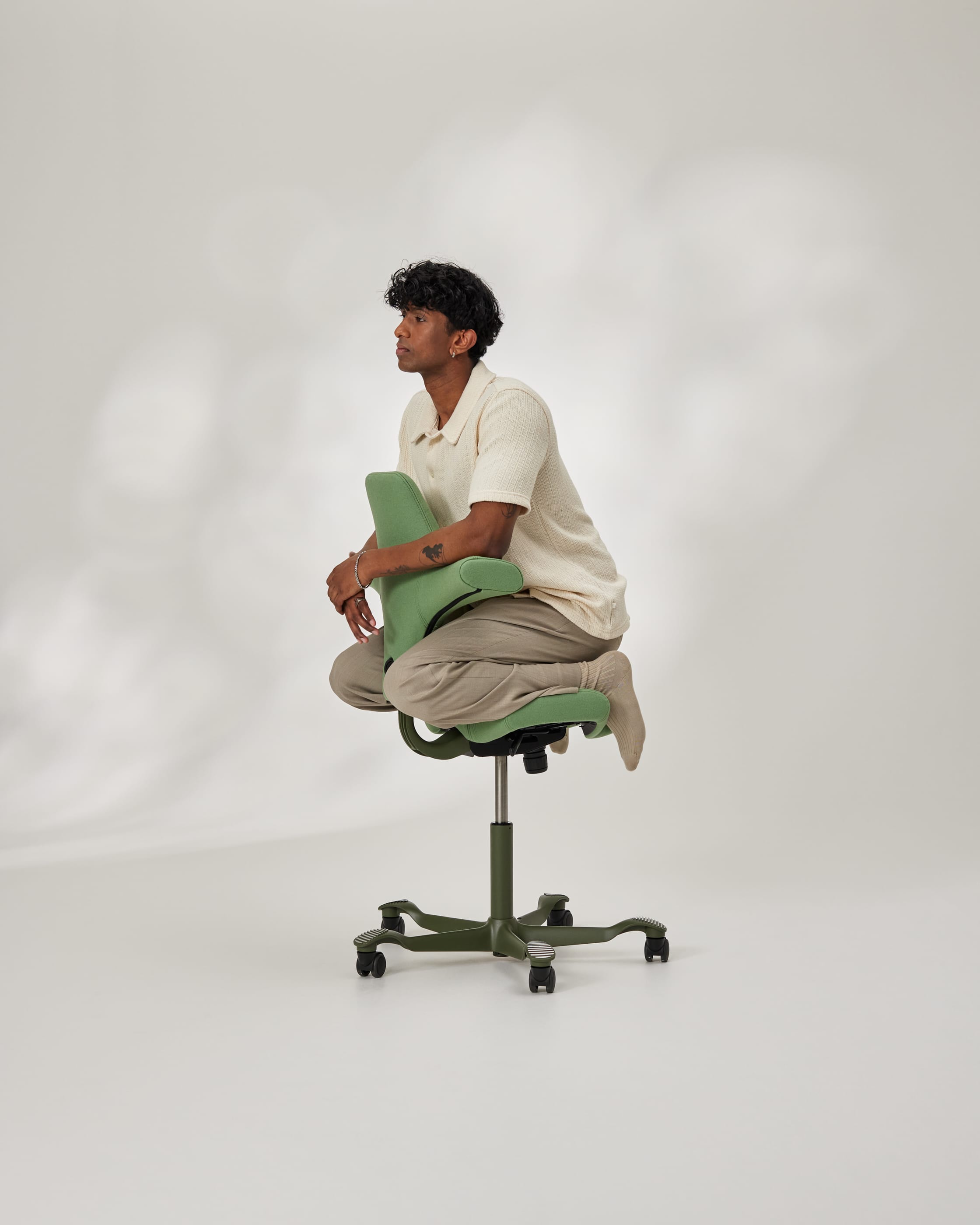
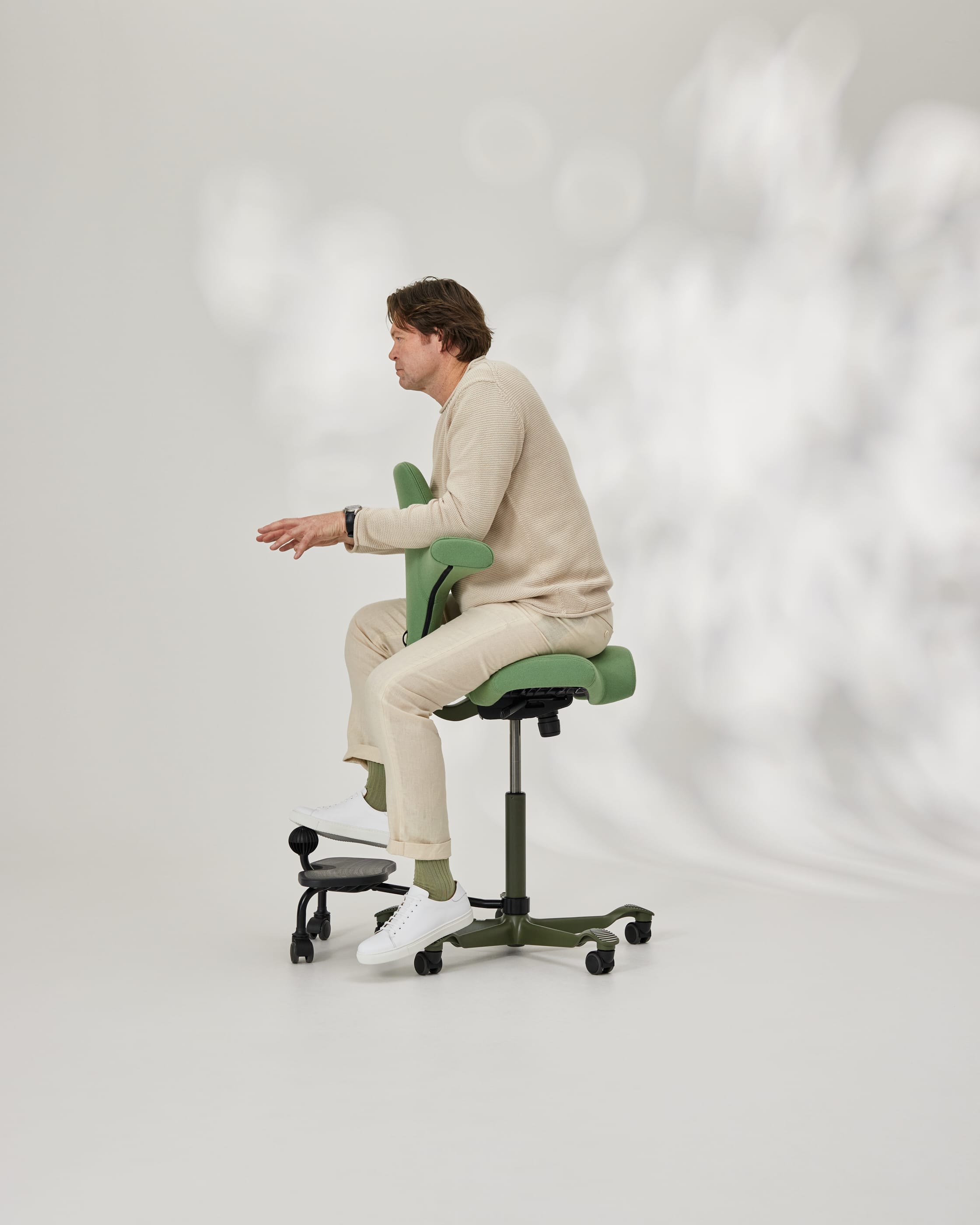
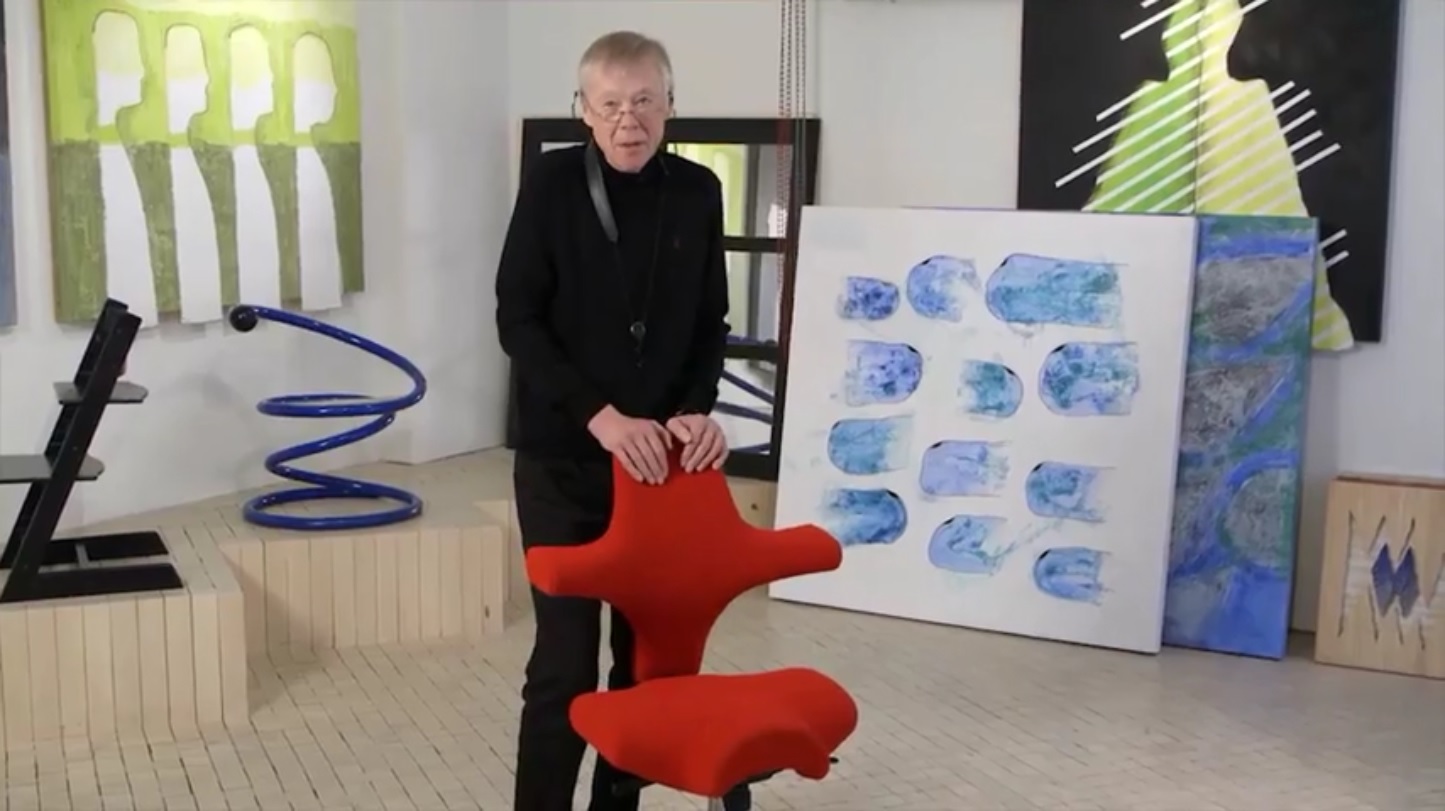
.png)